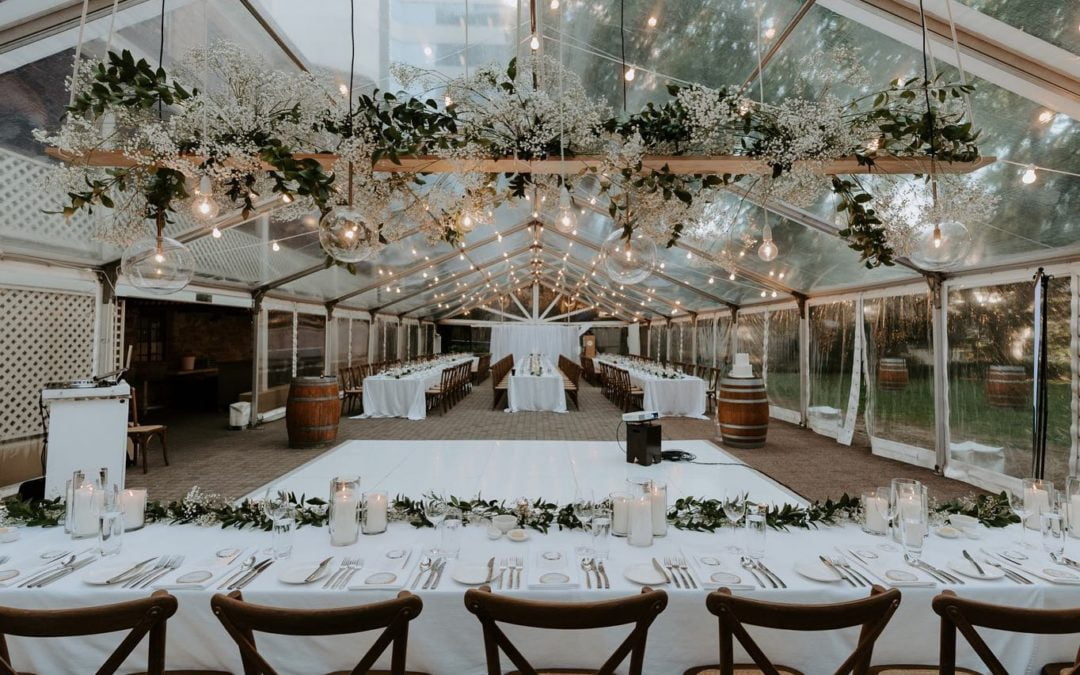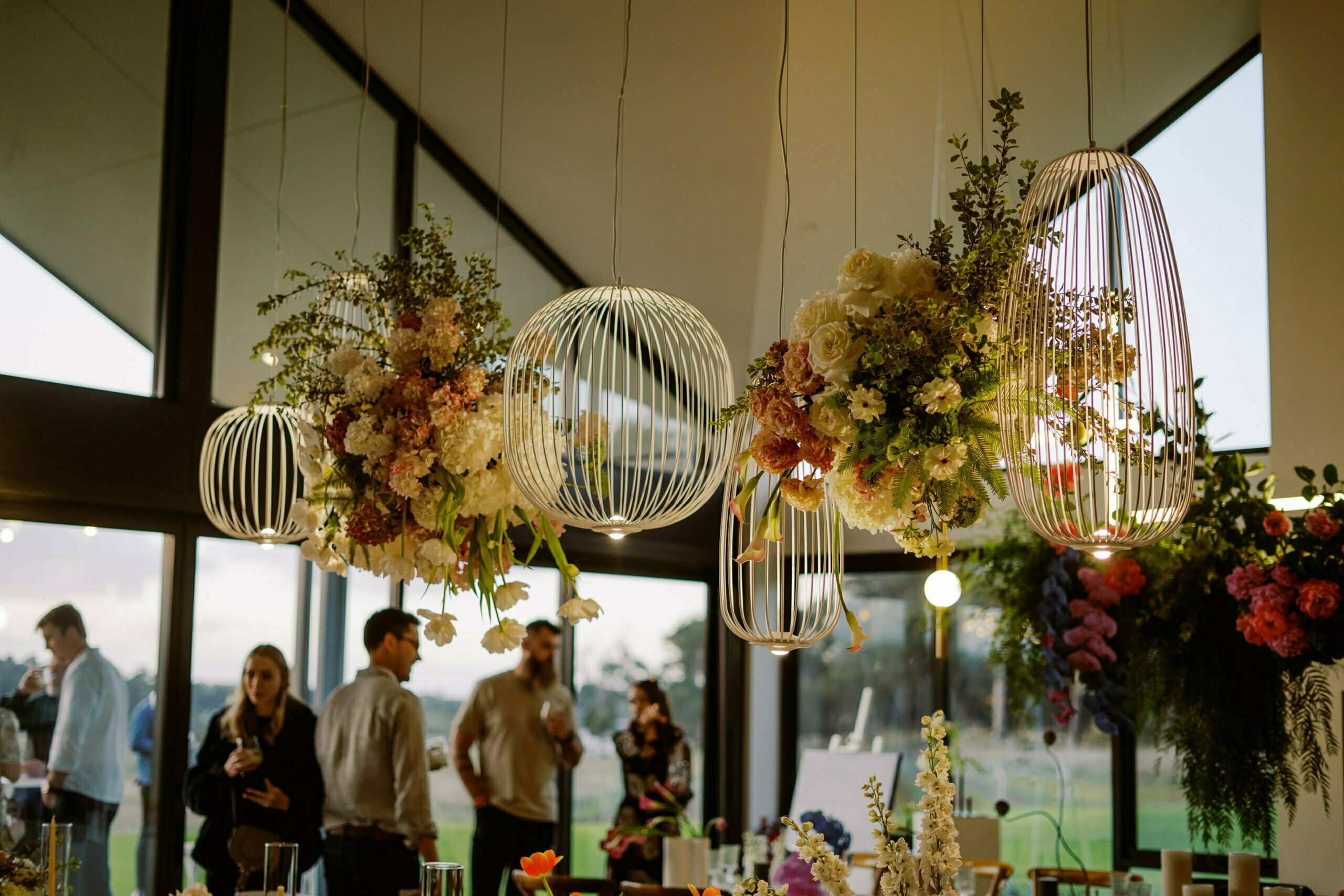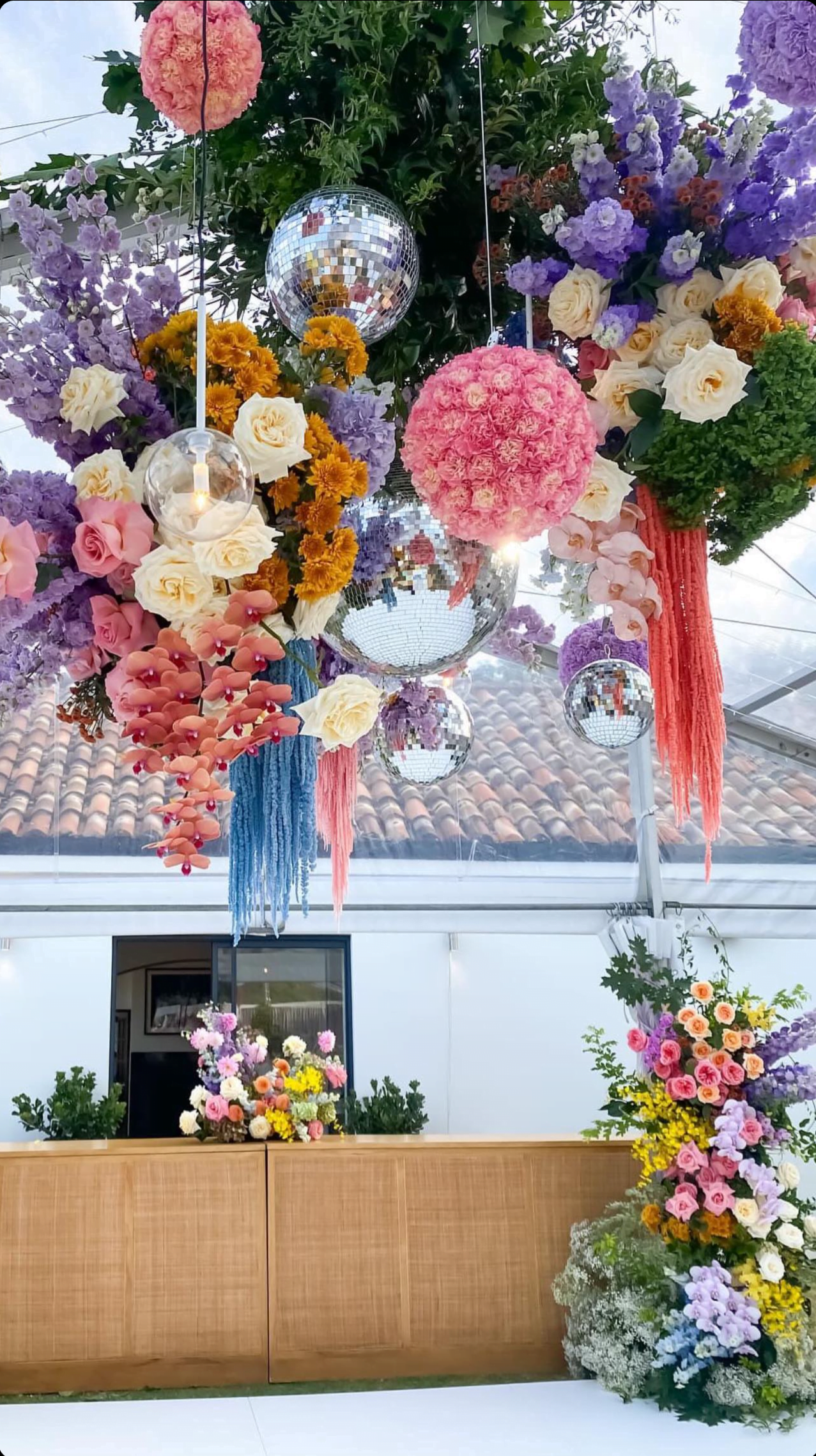At Festoon, we’re experts in event lighting and are dedicated to creating an unforgettable lighting experience. Festoon loves lighting, big and small. We also know how important illumination is within the home and often get asked by our clients how they can maximise lighting on a small scale, so we’d like to break it down.
It’s no secret that lighting plays a fundamental role in transforming a space. Whether that’s in interior design, at your big life events or amidst corporate functions, the right lighting is enough to enhance aesthetic appeal, create the perfect ambient setting and even highlight a space’s key design elements!
Your cosy book room can be transformed using ambient lighting to create a comforting, warmer tone, whereas artificial lights can be strategically placed to create a cooler, more energised mood. Utilising good lighting within your event design and interior design can help make spaces appear more spacious and luxurious, whereas deciding on functional lighting can ensure well-lit environments to maximise productivity.
This blog will discuss how strategic and effective lighting design can not only beautify a space but also improve its usability and emotional impact.
The Psychological Impact of Lighting
As mentioned, lighting has an undeniable psychological impact, especially when it comes to our mood and emotions, even if we don’t realise it!
Warm lighting, such as soft table lamps, accent lighting or incandescent light bulbs creates a cosy, inviting atmosphere. Using these types of lights in interior spaces is ideal for living rooms, bedrooms or anywhere a calming atmosphere is desired.
On the other side of the coin, cool lighting like blue, almost artificial lighting from LED bulbs or overhead lights, can increase alertness and concentration, which is ideal for at-home office spaces or study areas. This is because, psychologically, the cool lighting mimics natural light. Which, in turn, boosts productivity. The more you know!
As a result, the choice between cool and warmer lighting plays an integral role in shaping the functional and emotional reactions of a space.
The Different Types of Lighting
It is fairly clear that there are a number of different types of lighting that coincide to create a well-balanced and functional interior space. Please discover four different types below so you can be well-versed in every stage of illumination!
Ambient Lighting
Ambient lighting is often considered ‘general lighting’ and offers an overall illumination to a space. Usually, this type is the primary light source amidst a space. This type of lighting has a large impact on the tone of a space as it creates a uniform light level throughout a room. You can achieve this type of lighting through wall sconces or wall lights, recessed lighting or ceiling-mounted lighting.
Task Lighting
Task lighting, as the name suggests, is designed to help with specific tasks! Such tasks can be cooking, working at your desk, reading and sewing. Tasks like these would require extra light to see the finer details. This type of targeted illumination within task lighting enhances productivity and is also utilised to lower eye strain. Some examples of task lighting would be table lamps, bedside and under-cabinet lights and floor lamps.
Accent Lighting
Accent Lighting’s main purpose is to draw attention to specific features or areas within a space, such as artwork, architectural details, or plants. Accent Lighting is less functional and more aesthetic, often becoming the focal point of a room. Your best bet to achieve this drama-focused type of lighting is through wall-mounted picture lighting, spotlights and track lighting.
Decorative Lighting
Decorative lighting is the most purely aesthetic of all the types listed. This type introduces personality into a room, and it can include chandeliers, pendant lights, and ornamental lamps that contribute to the overall design and ambience of a room. While decorative lighting may produce some lighting within a room, its primary purpose is to enhance visual appeal and focus on style.
Techniques for Enhancing Spaces with Lighting
There are a number of different ways to enhance spaces with lighting, some completely transforming an area into a completely new way! However, there are also a number of essential aspects to consider, such as height, shade of light, and the types of artificial lighting that will be the best fit in specific areas. This will really help you find the proper lighting for your space and save you the money an interior designer would have to spend!
One popular technique is light layering to provide a dynamic and balanced vibe to your home. One key technique is the use of ambient lighting as the foundation, ensuring that the room is evenly illuminated and comfortable. Task lighting is then placed strategically afterwards, in the places where you’d need its extra light for the finer details. Accent lighting is then looked at to highlight architectural features, artwork, or other focal points to create depth and dimension.
Another way lighting can be used to enhance the home is by taking advantage of intensity and colour! To encourage harmony, follow and utilise the natural way we react to lighting- as mentioned previously. Ensure that living areas are filled with warm lighting to encourage a cosy atmosphere and a relaxed ambience. Equally, use cool tones in workplaces, to not only ensure productivity but increase focus! Lighting dimmers are also a fantastic way of allowing flexibility in intensity to suit you across different times of the day.
Decorative lighting can be the cherry on top of a harmoniously lit cake, so to speak. Incorporating decorative lighting elements adds personality and visual interest. By taking the time to combine these different techniques, a space can be transformed from basic to brilliant. Not only will you love the aesthetic appeal of your new lighting, but your space can feel proud with its best features being highlighted and your practical usability increased.
Practical Applications for Interior Design
Now that you’re an expert in the types of lighting and how they can be utilised you may be wondering how to apply these for interior design practically.
In terms of interior design, lighting becomes far more than just a ‘hit the light switch’. Lighting impacts the overall functionality and aesthetics of a space. For example, within residential spaces, the lighting creates a versatile environment that adapts to an array of moods and activities.
Living rooms benefit from ambient lighting, using pendant lights and warm tones to enhance a warm and inviting atmosphere. In kitchens, under-cabinet lighting is essential for food preparation, and recessed lights are installed directly into walls and ceilings to offer a good overhead view. In bedrooms, dimmable overhead lighting provides versatility, while bedside lamps can provide a soft glow for reading.
At Festoon, we offer a range of task lighting and pendant lights for hire. Browse our product lists below to discover something you’ll love. Additionally, we have mastered the art of event lighting. If you need help planning or putting together lighting for a memorable experience- our event lighting crew can make any dream a reality.



